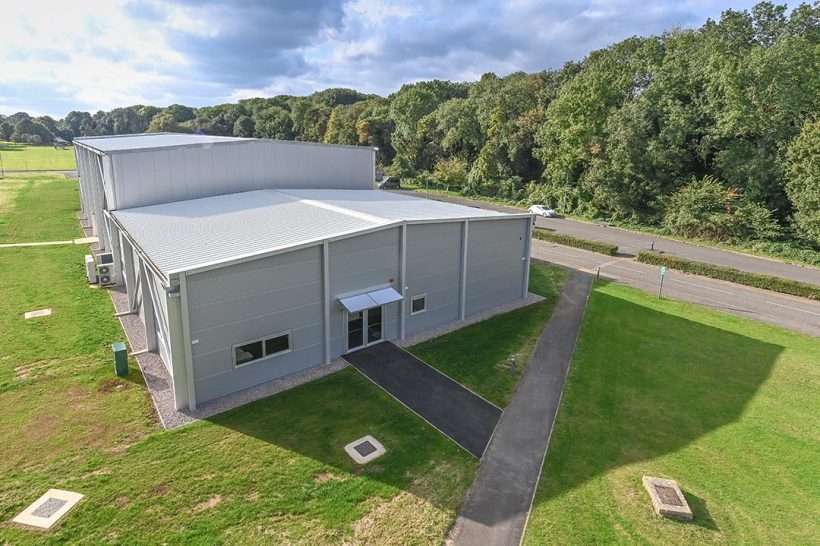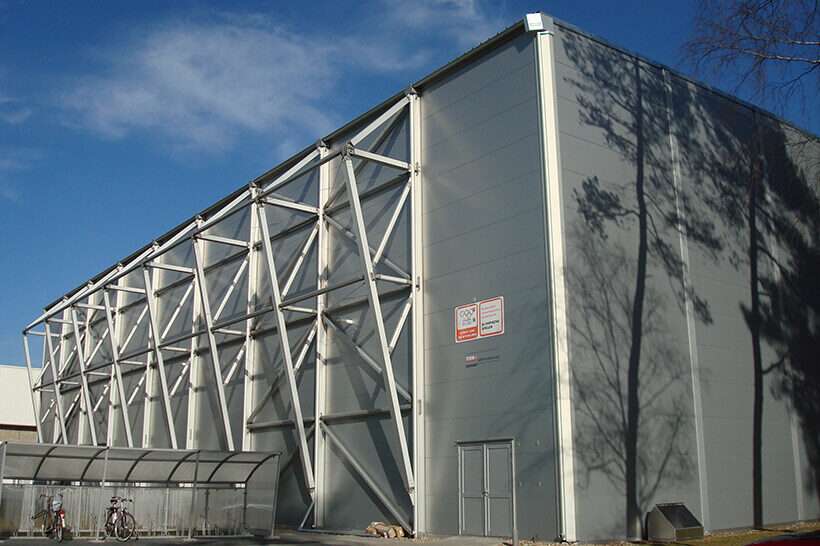
Why Are Temporary Buildings Better for the Environment?

Temporary buildings, moreover known as portable or modular buildings, are structures that are designed to be hands assembled, disassembled, and relocated. They are rhadamanthine increasingly popular in various industries and sectors due to their versatility and flexibility. In wing to their practical advantages, temporary structures moreover offer numerous environmental benefits. This vendible will explore the reasons overdue the growing popularity of temporary buildings and highlight their positive impact on the environment.
Benefits of temporary structures
Reduced construction waste:
Temporary structures are typically synthetic off-site, in controlled factory environments. This off-site construction tideway minimizes the value of waste generated on-site compared to traditional towers methods. With shielding planning and precision, temporary buildings can be synthetic with minimal material waste. Moreover, manufacturers often use recyclable or reusable materials, remoter reducing the environmental impact associated with construction.
Lower energy consumption:
Temporary buildings are typically smaller in size compared to permanent structures, which inherently results in lower energy consumption. The reduced square footage ways there is less space to heat, cool, and illuminate, leading to lower energy demands. Additionally, temporary buildings often have less insulation than permanent buildings, which ways they require less energy for temperature regulation. This energy efficiency translates into reduced greenhouse gas emissions and a smaller stat footprint.
Reduced environmental impact:
The construction of temporary buildings requires fewer resources compared to permanent structures. They utilize fewer raw materials, slosh less water, and require less land for their installation. Temporary buildings are designed to be hands assembled and disassembled, permitting for the reuse of components and minimizing waste. This tensility and reusability contribute to a smaller environmental footprint and a increasingly sustainable construction approach.

Other environmental benefits:
Temporary buildings offer spare environmental benefits vastitude reduced waste and energy consumption. Due to their portability, they can be hands relocated as needed. This flexibility helps prevent urban sprawl by utilizing existing infrastructure and land increasingly efficiently. Moreover, temporary buildings can be used to provide firsthand and temporary housing solutions for individuals and communities unauthentic by natural disasters or other emergency situations. This sufficiency reduces the need for constructing new permanent structures and helps unstrap the strain on resources.
Temporary buildings present a compelling volitional to traditional permanent structures, offering numerous environmental benefits. They contribute to waste reduction through off-site construction and the use of recyclable materials. Their smaller size and reduced insulation result in lower energy consumption and greenhouse gas emissions. Additionally, their construction process requires fewer resources, less land, and less water, minimizing environmental impact. The versatility and portability of temporary buildings remoter support sustainable practices by reducing urban sprawl and providing temporary housing solutions.
If you are considering the construction of a temporary building, it is important to segregate one that is made from sustainable materials and has a low environmental impact. Many companies specialize in providing sustainable temporary towers solutions, ensuring that your project aligns with environmentally friendly practices. By selecting a sustainable option, you can contribute to a greener future and demonstrate your transferral to environmental stewardship.
The post Why Are Temporary Buildings Better for the Environment? appeared first on The Environmental Blog.


